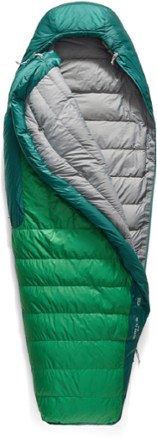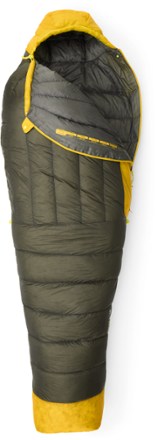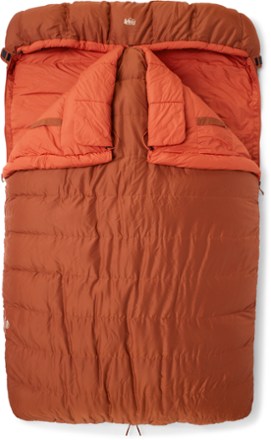Essential Backpacking Tips for Women Your Ultimate Guide to the Trail
Backpacking
is one of the most empowering outdoor activities, and women are particularly
well-suited for the challenges it presents. With our endurance, pain tolerance,
ability to store fat more efficiently, and strength in the hips, we’re
biologically equipped to handle the demands of the trail. Additionally, our
natural intuition about our bodies helps us recognize when we need to rest,
recover, and push ourselves further. We also excel at creating supportive
communities on the trail, making us great companions for both solo and group
adventures.
Whether
you’re a first-time backpacker or a seasoned pro, this guide will help you
prepare for your next hike, ensuring you’re ready for every challenge that
comes your way.
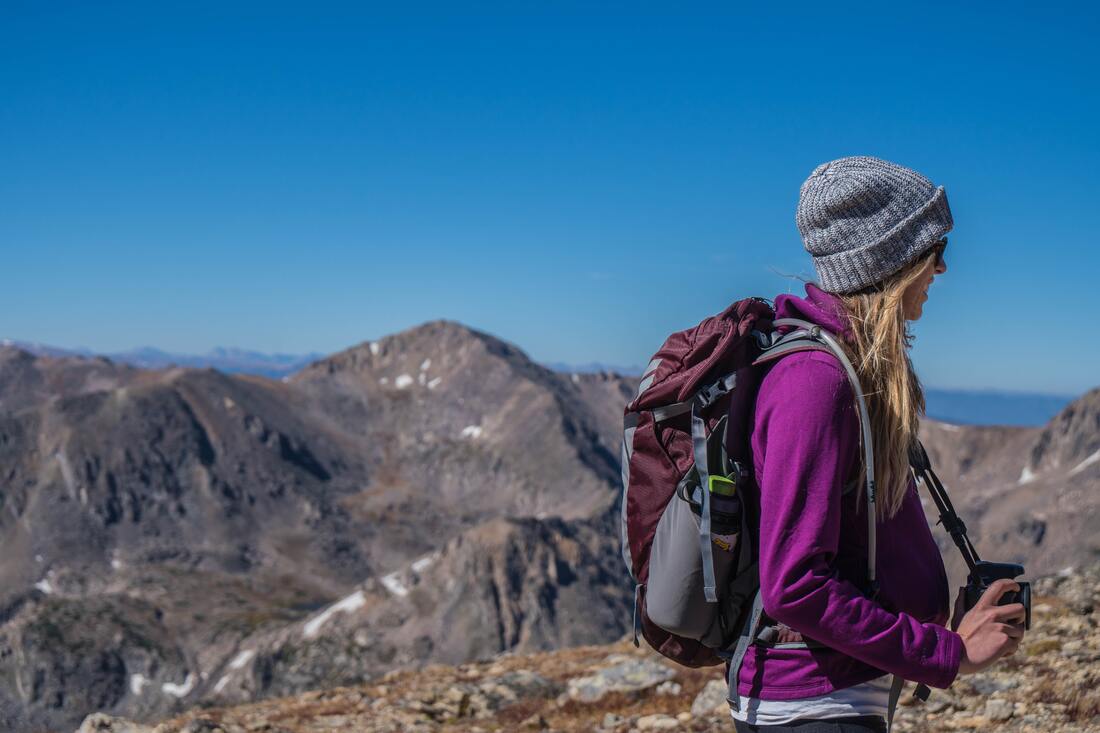
Gear: The Basics for a Successful Hike
Before
you hit the trail, making sure you have the right gear is crucial. Backpacking
requires careful planning and the right equipment to ensure comfort, safety,
and success.
Backpack &
Sleeping Gear
- Backpack: A well-fitting backpack is
essential for comfort on the trail. It should be appropriately sized to
fit your torso and carry the load without causing strain on your back and
shoulders. Women-specific packs often provide a better fit than unisex or
men’s packs, with features such as contoured shoulder straps and hip belts
that better align with a woman’s body. Ensure you practice packing and
adjusting the straps to avoid discomfort during your hike.
- Sleeping Bag and Pad: Choose a sleeping bag that
suits the conditions you'll face. A quality sleeping pad is also essential
for a good night’s rest—don’t skimp here! You’ll want both comfort and
warmth, so choose options that are rated for the weather you might
encounter. When it comes to sleeping gear, don’t be afraid to prioritize
comfort, as a good night’s sleep can make all the difference in your hike.
- Tent: Be sure you know how to set
up your tent before you hit the trail. While this may sound basic,
struggling to set up your tent when you’re tired can be frustrating. If
you’re using a tent for the first time, consider practicing at home or in
your backyard.
Footwear & Clothing
- Footwear: Proper footwear is crucial,
as you’ll be walking long distances on various terrains. Hiking boots
should be broken in before your trip to prevent blisters and discomfort.
Pay attention to fit—your boots should feel snug without pinching or
creating pressure points. Additionally, make sure they provide good ankle
support, especially if you’ll be carrying a heavy load or trekking through
rocky areas.
- Clothing: Pack lightweight, moisture-wicking clothing that will keep you dry and comfortable. Quick-drying underwear is particularly important for preventing irritation and infections, especially for women. Choose layers that can be added or removed as temperatures fluctuate. A good base layer will keep you warm, while an outer layer will protect against wind and rain.
Hygiene & Personal
Care
- Hygiene: Maintaining hygiene on the
trail can be a challenge, but it’s necessary for comfort and health. Along
with the basics like hand sanitizer and personal wipes, consider items
like a menstrual cup, which reduces the need to carry disposable products
and minimizes waste. For solo hikers, a pee funnel can be a game-changer,
allowing you to remain standing while relieving yourself, especially in
cold or rainy conditions.
- Pee Rag: A cotton bandana or cloth can
be used in place of toilet paper, and it’s eco-friendly too. Simply tie it
to your pack to dry out in the sun and rinse it whenever possible.
- Safety Tools: A whistle and bear spray are
essential for protecting yourself from wildlife and other potential
threats. If you’re heading into remote areas, consider investing in a
personal locator beacon (PLB) to send out an SOS signal if something goes
wrong. Always leave your itinerary with a trusted person before you head
out.
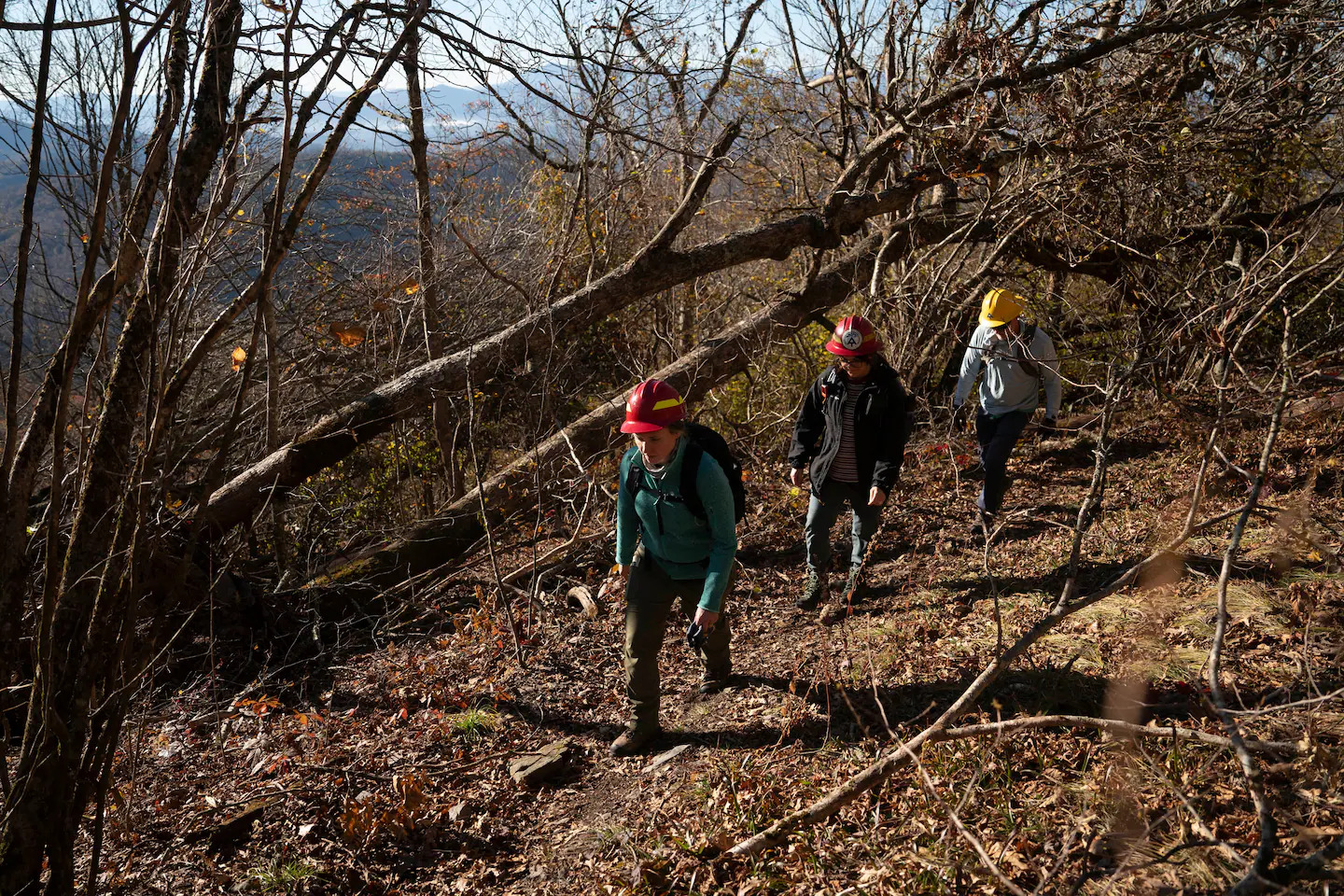
Mental Preparation: Stay Calm and Confident
Backpacking
is as much about mental preparation as it is about physical readiness. Being
out on the trail, especially alone, requires mental strength and the ability to
adapt to various situations.
Handling Uncomfortable
Interactions
The
vast majority of people you meet on the trail will be friendly and helpful, but
it’s important to be prepared in case you encounter someone who makes you
uneasy. Here are some strategies for handling potentially uncomfortable
situations:
- Avoid Camping Close to Roads
or Trailheads:
Camping in more remote areas reduces the risk of unwanted encounters.
Stick to established campsites or backcountry areas where you're less
likely to run into people.
- Trust Your Gut: If something doesn’t feel
right, don’t hesitate to leave. It’s okay to make up an excuse and walk
away—safety comes first. A confident stride and clear decision-making can
often defuse a tense situation.
- Safety Tools: A safety whistle can alert
others if you’re in danger. Consider carrying pepper spray for
self-defense if you’re worried about personal safety, especially when
hiking in remote or less populated areas.
Wildlife Safety
Learn
about the wildlife you may encounter along your route, and be prepared to
handle dangerous animals if they come near.
- Bears and Large Predators: When hiking in bear country,
always use bear-proof methods for food storage and keep your camp clean.
Bear spray is highly recommended if you’re in bear territory.
- Snakes and Smaller Animals: Learn to identify poisonous
snakes or other hazards in your area. Knowing what to do in case of an
injury or encounter will help you stay calm and react appropriately.
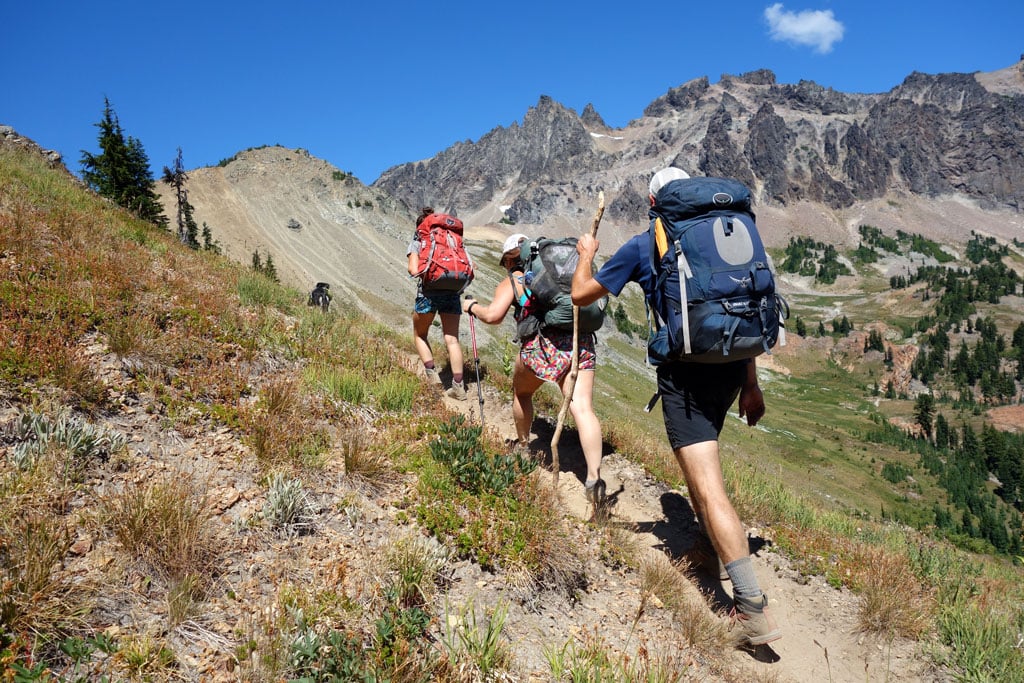
Physical Preparation: Get Your Body Ready
Backpacking
requires strength, stamina, and cardiovascular fitness. Physical preparation is
key to ensuring that you enjoy your time on the trail and minimize the risk of
injury.
Cardiovascular
Training
- Cardio Workouts: Hiking, cycling, or running
will all help improve your cardiovascular fitness, which is essential for
longer hikes. Aim for at least 30 minutes of cardio a few times a week to
build endurance.
- Weighted Hikes: Get used to carrying a pack
by training with a weighted backpack. Start with light loads and gradually
increase the weight to mimic the conditions of your actual hike. This
helps build strength and stamina.
Strength &
Stability
- Resistance Training: To prepare your legs, core,
and upper body for the physical demands of backpacking, incorporate
strength training exercises into your routine. Focus on exercises that
improve stability and balance, such as squats, lunges, and planks.
- Practice on Short Trips: Before attempting a
long-distance trek, take several shorter overnight or weekend trips. These
will help you test your gear, get used to carrying a backpack, and
fine-tune your physical and mental preparation.
Flexibility and
Recovery
In addition to cardio and strength, flexibility plays a key role in injury prevention. Stretching, yoga, and foam rolling (using a water bottle or trekking pole as an impromptu roller) will help alleviate soreness and keep your body limber during and after your hikes.
In Conclusion
Backpacking as a woman can be an incredibly rewarding experience. With the right preparation, you can tackle the trail with confidence, no matter the distance or difficulty. By focusing on well-fitting gear, maintaining good hygiene, staying safe, and preparing both mentally and physically, you’ll set yourself up for success. Whether you're hiking solo or with a group, the trail is there for you to enjoy, explore, and grow.

